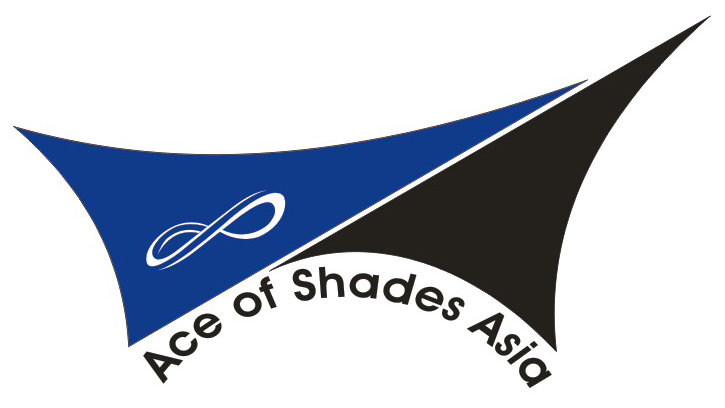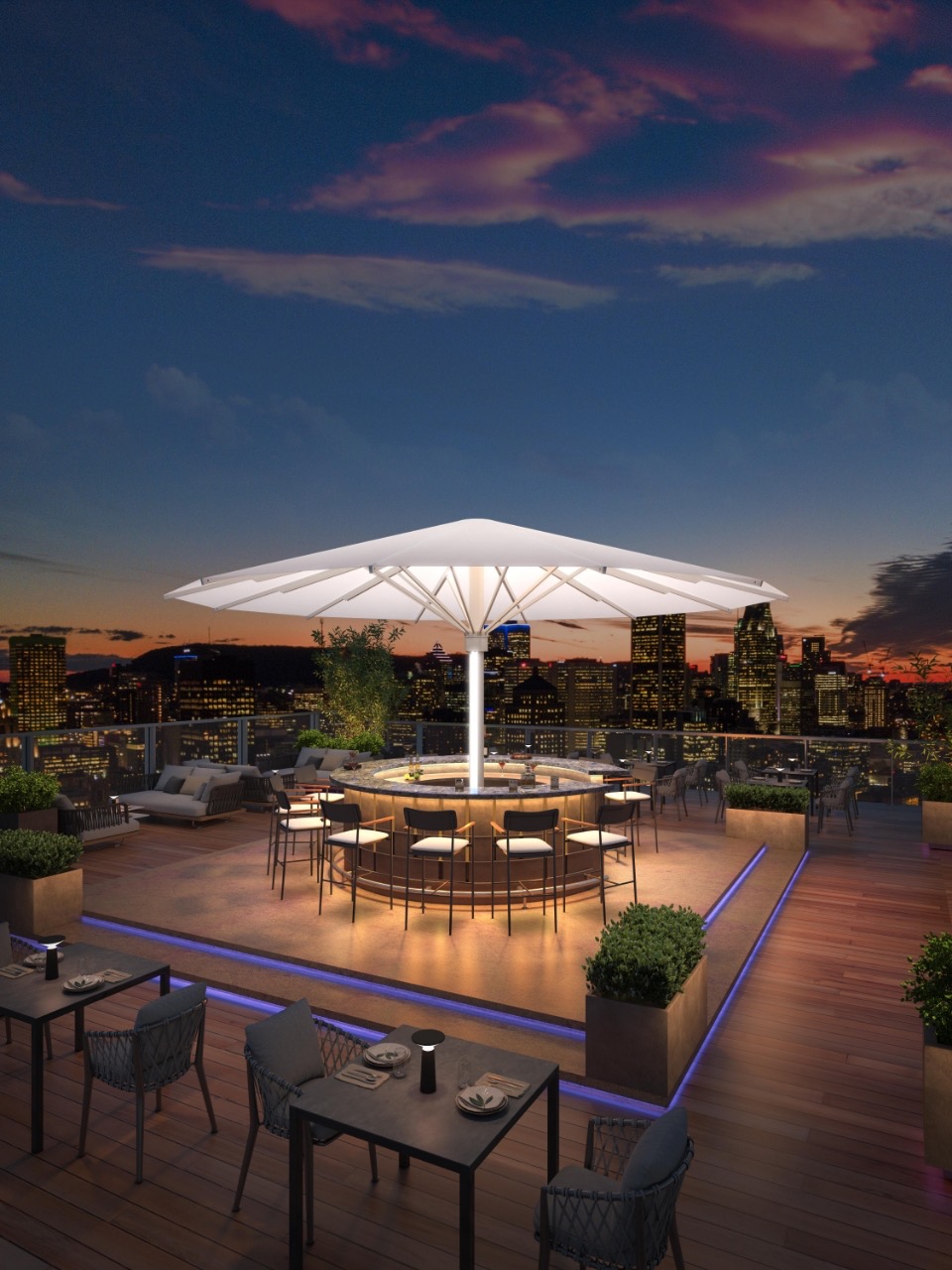
PRODUCT
Umbrella
An outdoor umbrella (also commonly called a patio umbrella, garden umbrella, or market umbrella) is a large, freestanding or table-mounted shade structure designed to provide protection from the sun’s rays and, to a lesser extent, light rain.
Shade: Primarily to create a shaded area, making outdoor spaces more comfortable during sunny weather.
UV Protection: To block harmful UV radiation, reducing the risk of sunburn and skin damage.
Aesthetics: To enhance the visual appeal of an outdoor living area.
Light Rain Protection: While not fully waterproof, many canopies offer protection from light drizzles.
Canopy (or Fabric Top):
This is the large, usually circular, or square fabric part that provides the shade.
Materials: Common materials include:
Polyester: Common, affordable, often treated for UV and water resistance.
Solution-dyed Acrylic (e.g., Sunbrella): Premium option, highly fade-resistant, durable, often mold/mildew resistant, and breathable, water repellence.
Olefin: Good fade resistance, durable, and more affordable than acrylic.
PVC/Vinyl: Excellent waterproofing, but can be less breathable and may feel more
“plastic-y.”
Vents: Many canopies have a wind vent at the top, which allows air to pass through, reducing the risk of the umbrella tipping over or getting damaged in windy conditions.
Frame (or Pole):
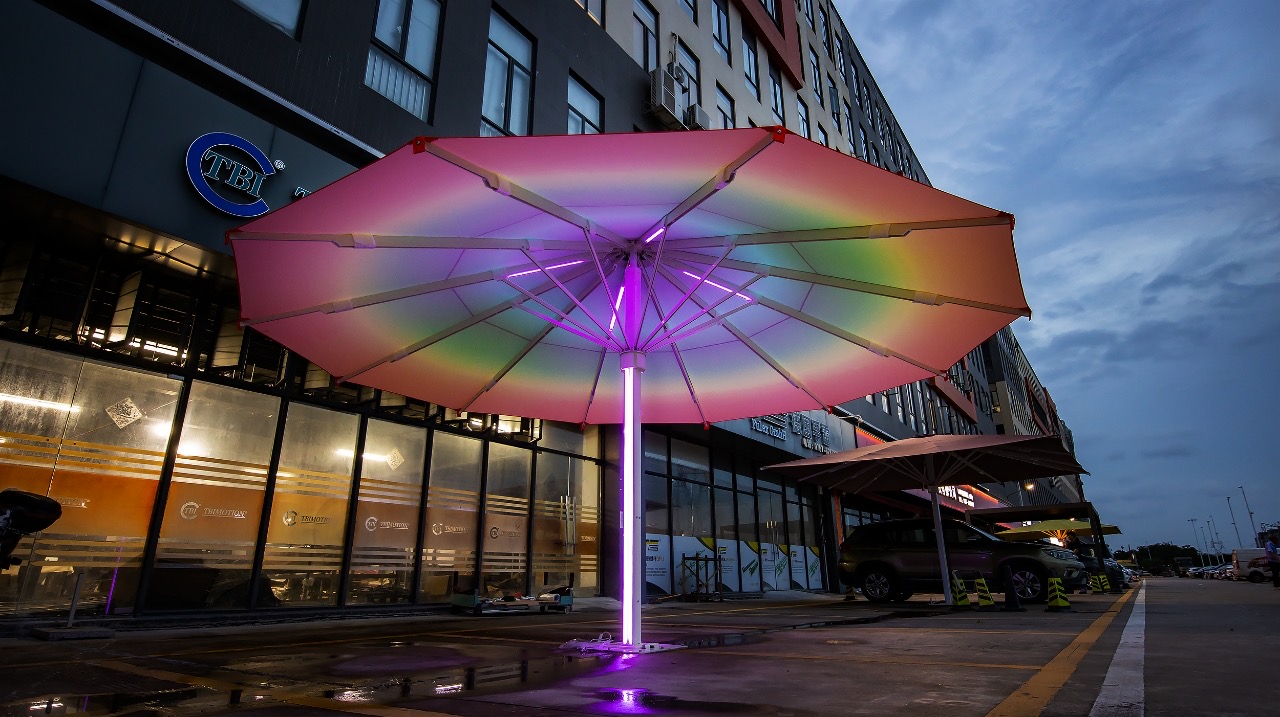
The central support structure that holds the canopy.
Materials:
Aluminum: Lightweight, rust-resistant, durable.
Steel: Stronger, but can be heavier and susceptible to rust if not properly coated.
Wood (e.g., Teak, Eucalyptus): Aesthetically pleasing, but requires more maintenance and can be heavier.
Types of Poles:
Center Pole/Market Umbrella: The pole goes straight up through the center of the canopy. Can be placed through a hole in a patio table or used freestanding with a heavy base.
Offset/Cantilever/Cantilevered/Side-Post Umbrella: The pole is on one side, with an arm extending over the canopy. This allows for clear space underneath the umbrella without a central obstruction, ideal for seating areas.
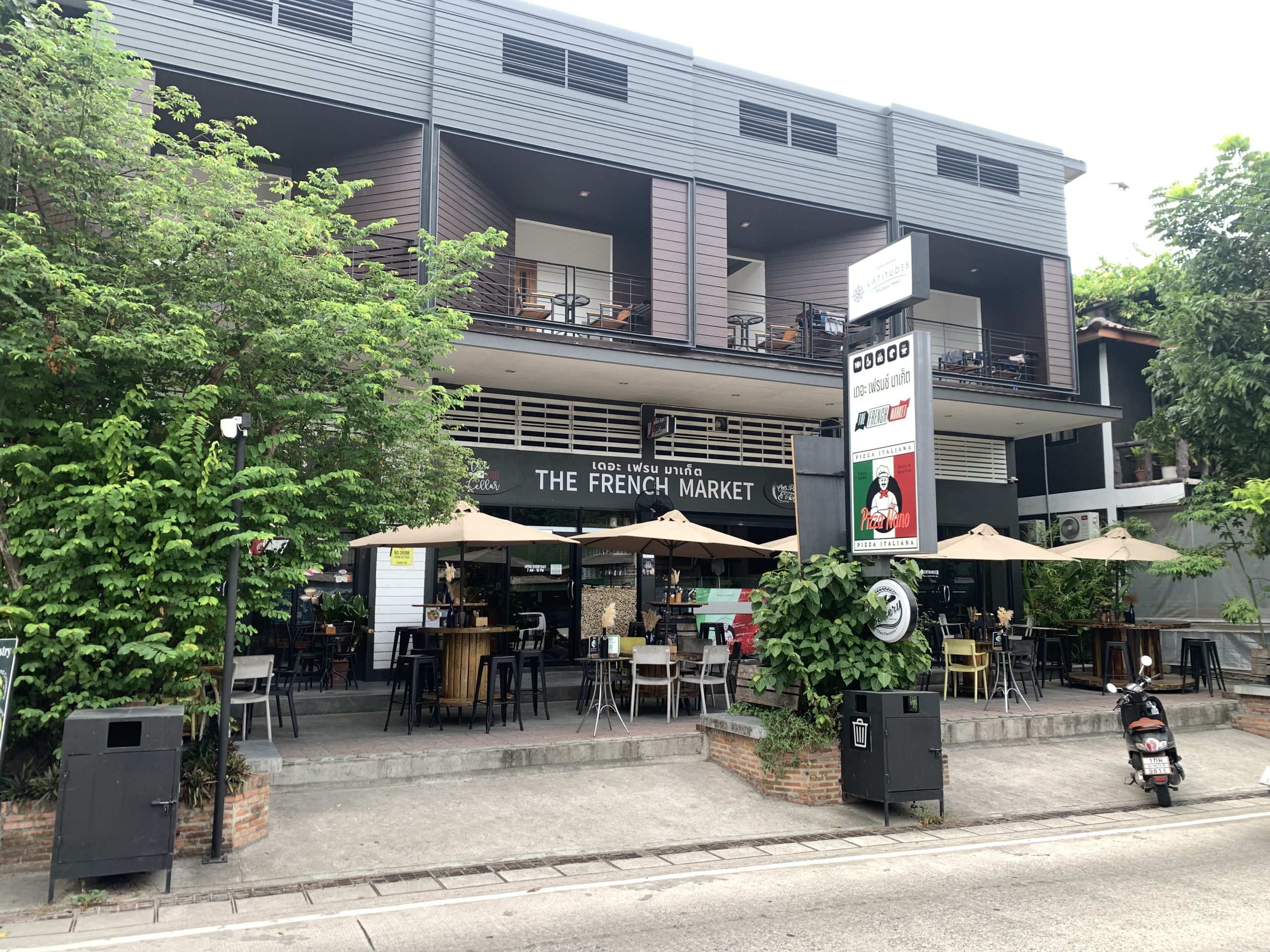
Opening/Closing Mechanism:
Crank Lift: A handle is cranked to open and close the umbrella. Common and easy to use.
Pulley System: A rope and pulley system is used to raise and lower the canopy, often with a pin to secure it.
Push-Up/Manual: The canopy is manually pushed up to open and then a pin or latch secures it. Simpler but can require more effort.
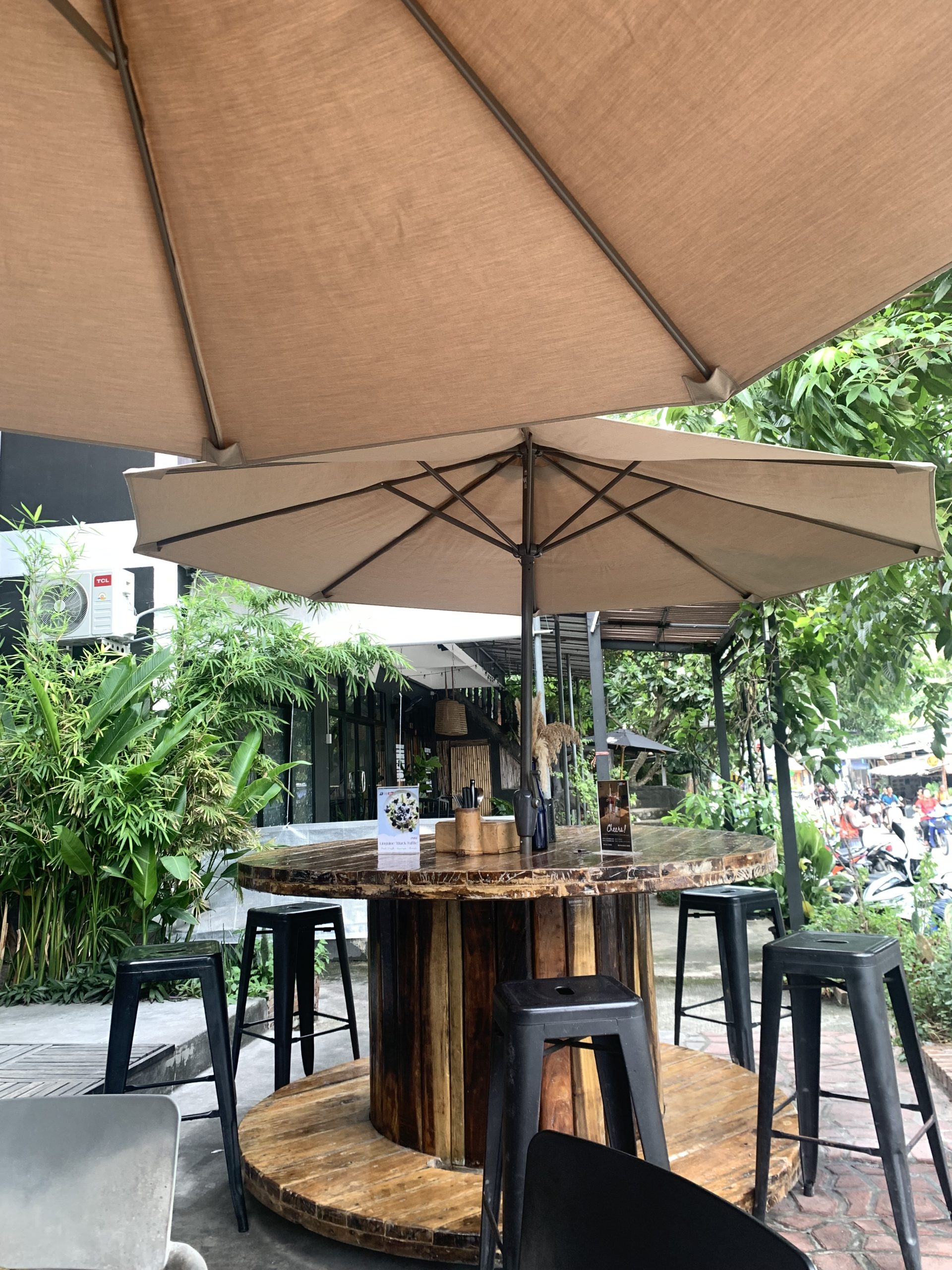
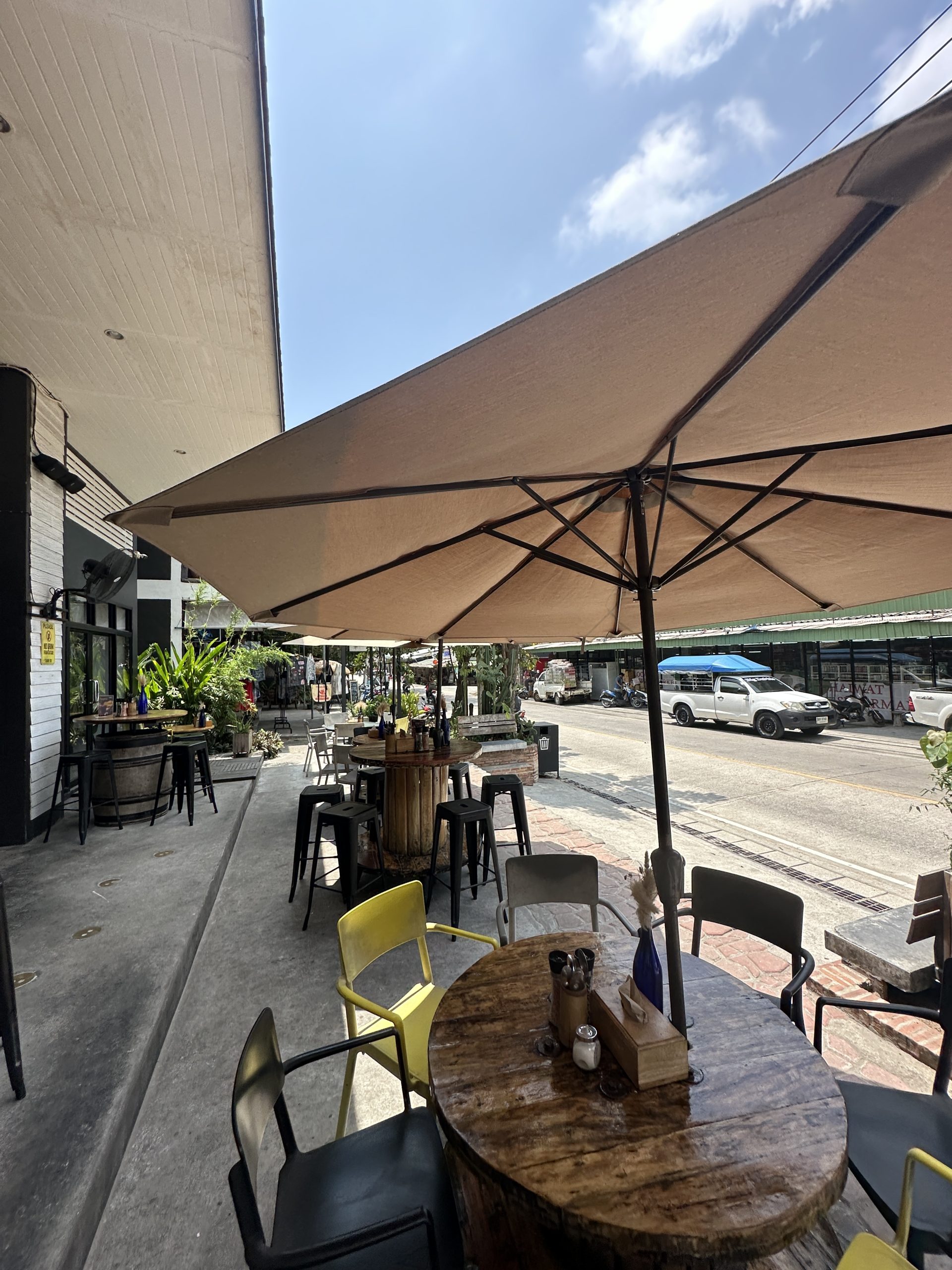
Base (or Stand):
A heavy weight that provides stability and prevents the umbrella from toppling over.
Materials: Concrete, steel, plastic (often filled with sand or water).
Weight: The heavier the base, the more stable the umbrella, especially important for larger or cantilevered umbrellas.
What is Outdoor Umbrella usage for you:
Patios and decks
Outdoor dining areas
Poolsides
Gardens and lawns
Commercial outdoor spaces (restaurants, cafes, resorts)
In essence, an outdoor umbrella is a functional and aesthetic addition to any outdoor space, providing essential shade and comfort.
Ace of Shades Asia , Umbrella
Sun’s Out , Comfort’s In
